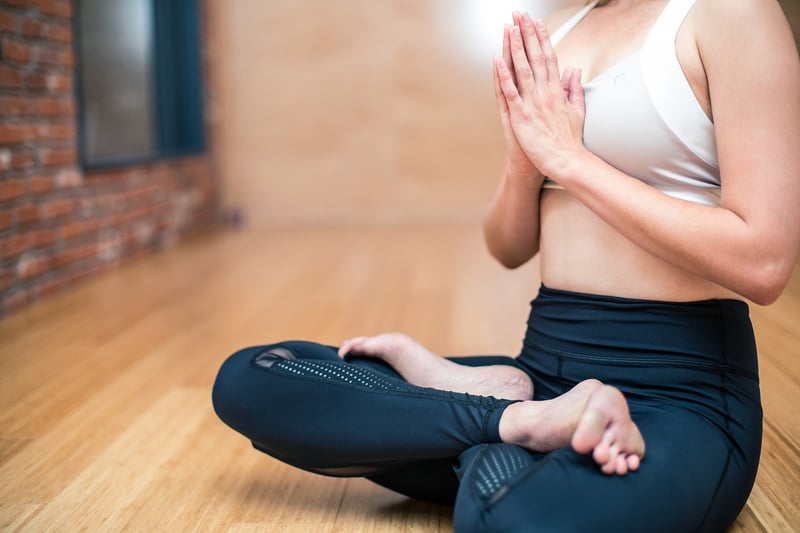Flexibility Training
Improving Stability and Flexibility: Essential Exercises and Training
Introduction
Stability and flexibility are crucial components of physical fitness that contribute to overall health and well-being. Incorporating exercises that target these areas into your fitness routine can help improve balance, prevent injuries, and enhance performance in various physical activities. In this article, we will explore some essential exercises for stability and flexibility, as well as the benefits of flexibility training.
Exercises for Stability
Stability exercises focus on strengthening the muscles that support the joints and help maintain proper body alignment. Here are some effective stability exercises:
1. Plank
The plank is a core-strengthening exercise that also engages the muscles in the shoulders, arms, and legs. To perform a plank, get into a push-up position with your body forming a straight line from head to heels and hold the position for 30 seconds to a minute.
2. Single-Leg Balance
Stand on one leg and maintain your balance while keeping your core engaged. Hold this position for 30 seconds to a minute before switching to the other leg. This exercise helps improve ankle stability and proprioception.
Exercises for Flexibility
Flexibility exercises focus on improving the range of motion in your joints and muscles. Here are some beneficial flexibility exercises:
1. Hamstring Stretch
Sit on the floor with one leg extended and the other leg bent. Reach towards your toes while keeping your back straight. Hold the stretch for 15-30 seconds on each leg to improve hamstring flexibility.
2. Shoulder Stretch
Bring one arm across your body and use the opposite arm to gently pull it closer to your chest. Hold the stretch for 15-30 seconds before switching to the other arm. This stretch helps improve shoulder mobility.
Benefits of Flexibility Training
Flexibility training offers a range of benefits, including:
- Improved joint health and range of motion
- Reduced muscle tension and soreness
- Enhanced athletic performance
- Prevention of injuries
Conclusion
Incorporating stability and flexibility exercises into your fitness routine can help you build a strong foundation for overall physical fitness. Remember to warm up before performing these exercises and gradually increase the intensity to avoid injury. Consult with a fitness professional if you are new to these exercises or have any underlying health conditions.
Stay active, stay flexible, and enjoy the benefits of a balanced fitness regimen!

References: American Council on Exercise, Mayo Clinic
